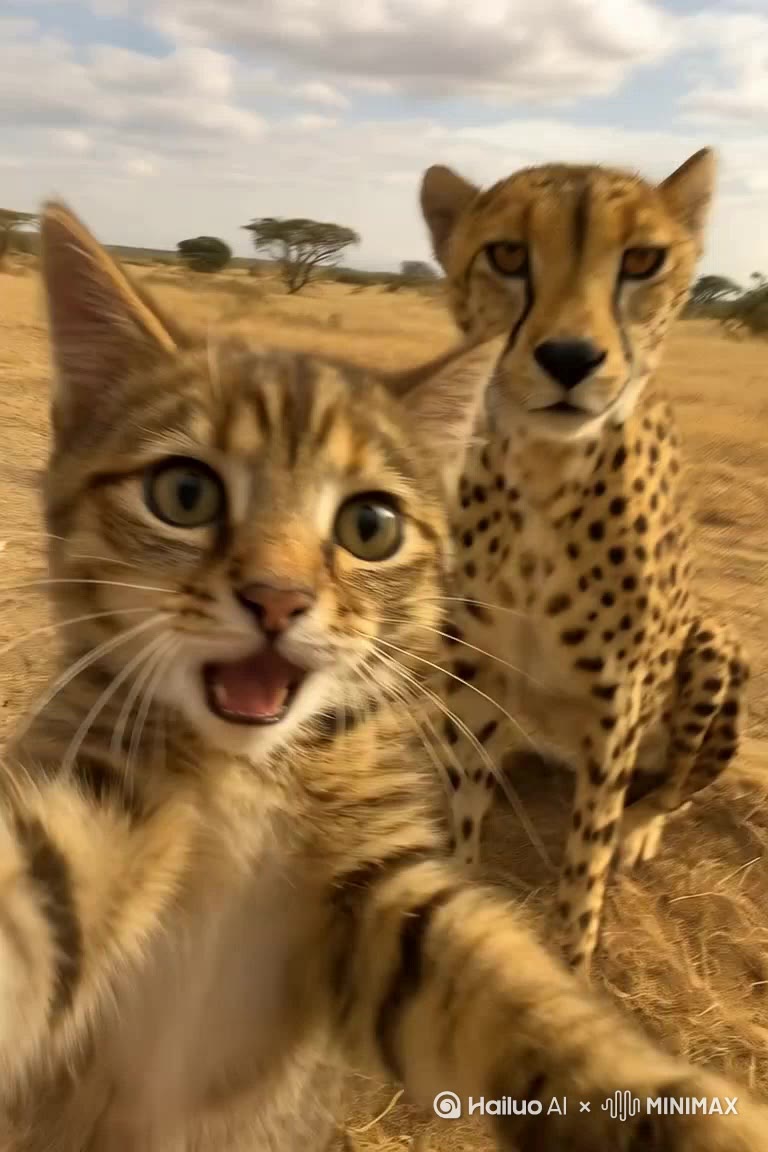Transform Your Images into Stunning Videos with These Revolutionary AI Techniques!
In today's digital age, the ability to create engaging visual content is more important than ever. With the rise of artificial intelligence, transforming static images into dynamic videos has become not only feasible but also increasingly popular. Whether you're a content creator, marketer, or simply someone looking to add a personal touch to your memories, AI technologies offer innovative solutions to bring your images to life. This article explores the fascinating methods, tools, and technologies that are revolutionizing the way we convert images into videos, providing you with the knowledge you need to dive into this exciting field.

Understanding the Technology Behind AI Image-to-Video Conversion
At the heart of AI image-to-video conversion lies complex algorithms driven by machine learning and neural networks. These technologies analyze the features of static images, such as colors, shapes, and movements, to create a sequence that mimics real-life motion. Machine learning involves training models on vast datasets, allowing them to recognize patterns and make predictions. In the context of image-to-video conversion, neural networks play a crucial role by processing image data in layers, enabling the model to understand intricate details. This understanding allows AI to generate realistic animations or videos that can enhance storytelling and viewer engagement.
Methods for Converting Images to Videos
The process of converting images to videos encompasses several methods, each leveraging unique techniques to achieve stunning results. One common method is frame interpolation, which creates intermediate frames between original images to produce smoother transitions and realistic motion. Animation techniques, such as adding movement to static images or applying filters, can also be used to create the illusion of motion. Additionally, generative models, including those based on deep learning, can produce entirely new video content from a single image, allowing for endless creative possibilities.
Frame Interpolation Techniques
Frame interpolation is a powerful technique used in video production that enhances the fluidity of motion. It works by analyzing two consecutive frames and estimating the in-between frames, often utilizing methods such as optical flow. This approach tracks the movement of pixels across frames, providing a more natural transition. Keyframe generation is another essential aspect, where critical frames are identified and the AI fills in the gaps, ensuring that the motion remains coherent and visually appealing. Friends of mine who are into animation have shared how this technique has significantly improved the quality of their projects, allowing them to achieve a cinematic feel without extensive manual effort.
Generative Models for Video Creation
Generative adversarial networks (GANs) are among the most exciting advancements in AI technology for video creation. These models consist of two neural networks: a generator that creates new data and a discriminator that evaluates the authenticity of the generated data. When applied to image-to-video conversion, GANs can take a static image and generate a series of frames that depict movement or transformation, resulting in unique video outputs. This capability opens up new avenues for artists and creators, enabling them to produce captivating visuals from simple images, as experienced by a friend who experimented with GANs for their art projects, yielding impressive results.
Tools and Software for AI Image-to-Video Conversion
As the demand for image-to-video conversion grows, a variety of tools and software solutions have emerged to cater to this need. Many platforms offer user-friendly interfaces that allow individuals to upload images and apply AI-driven techniques to create videos effortlessly. Features such as automatic frame generation, customizable animations, and integration with social media platforms make these tools accessible to everyone, from amateur creators to professional videographers. Moreover, some software solutions provide advanced options for users looking to dive deeper into the technical aspects, offering settings for fine-tuning the output and enhancing the final product.
Practical Applications and Use Cases
The applications of AI image-to-video conversion are vast and varied. In marketing, businesses can create engaging advertisements that capture the attention of potential customers by transforming product images into dynamic videos. In education, visual aids that illustrate complex concepts can significantly enhance learning experiences. The entertainment industry is also leveraging these technologies to produce eye-catching trailers and promotional content. Furthermore, social media content creators are finding innovative ways to engage their audiences by converting still images into captivating video stories, making their posts stand out in a crowded digital landscape.
Harnessing AI for Creative Video Transformation
The advent of AI technologies has paved the way for a new era of content creation, where transforming images into videos is more accessible than ever. From understanding the underlying technology to exploring various methods and tools, it's clear that the potential for creativity is limitless. As you embark on your journey into the world of AI image-to-video conversion, remember that innovation is at your fingertips. Embrace these revolutionary techniques and discover how you can elevate your storytelling and content creation to new heights.






Comments